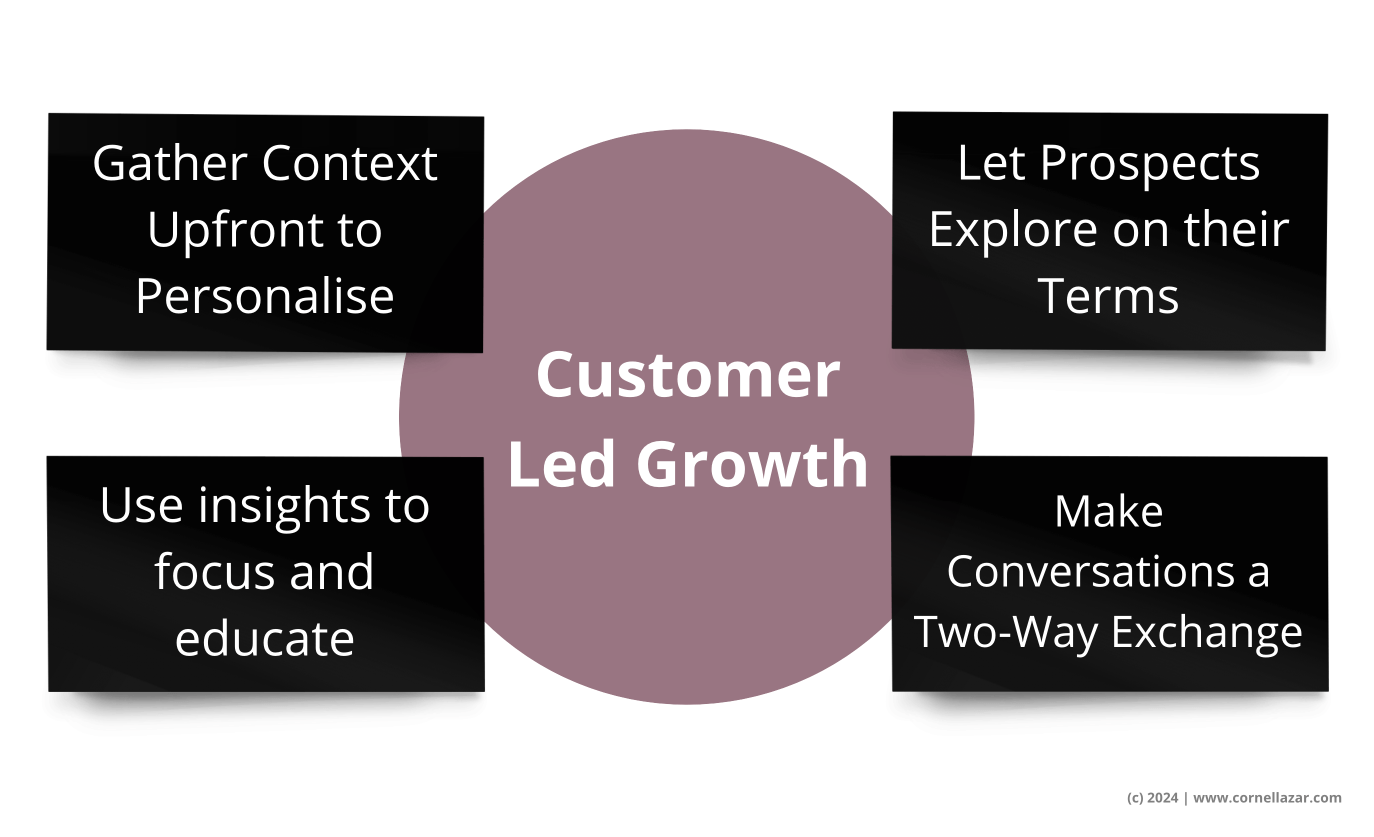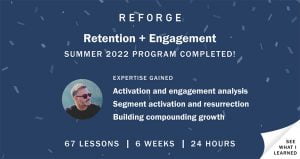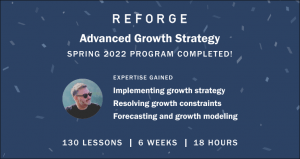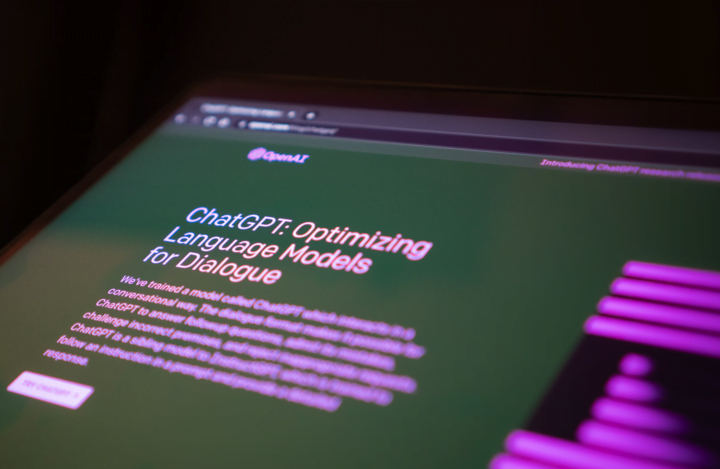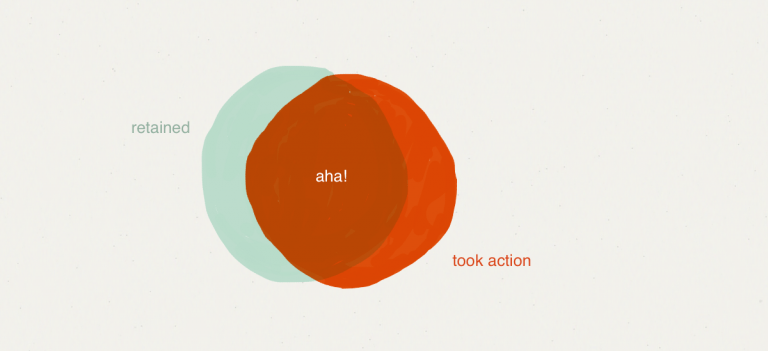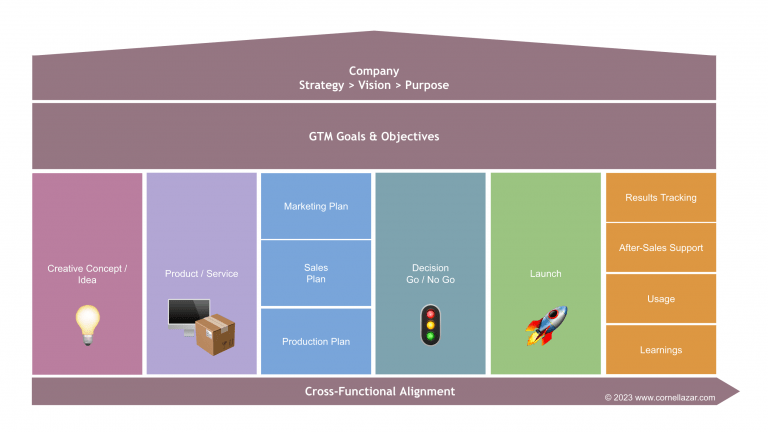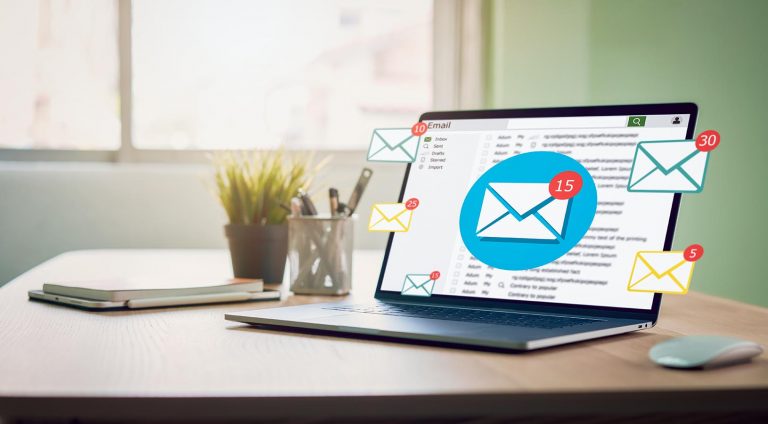Buyers Are Frustrated by Outdated Sales Models
Modern buyers are transforming their purchasing decisions, seeking increased control and personalised experiences. Therefore, traditional sales demos no longer captivate and convince as they once did. Buyers today crave autonomy and self-direction throughout their journey.
To address these evolving preferences and strategies on how to increase demo requests, CMOs increasingly transition to a customer-led approach. A customer-led approach approach empowers the buyer while still providing the essential human touchpoint and expertise. Consequently, it fosters positive experiences that drive growth.
You still need to set your sales and demo targets but the answer is more likely to be found in transitioning away from your current approach, rather than optimising what is fundamentally an outdated model.
Here’s a look into why today’s leads are finding traditional sales demos unhelpful and increasingly mistrust those delivering them. I will also look at how prioritising the customer can u-turn this flawed experience and instead create a smoother, more successful sales process for both clients and companies.
Customer-Led Buying Aligns Sales with Modern Expectations
Your leads have high expectations shaped by their known needs and requirements – or, in some cases where your solution is innovative or new in the market, they don’t know that a solution exists and they may well operate under the guidance ‘why fix what’s not broken’.
Your leads expect on-demand information, flexibility, and self-service. The linear, inflexible traditional sales demo falls short of meeting these modern needs.
Specifically, research identifies four key areas where buyers are dissatisfied:
- Lack of preparation and personalisation
- Lengthy, monotonous presentations
- Repetition of easily available information
- Scheduling difficulties
Moreover, outdated stereotypes about aggressive and under-prepared salespeople persist. Consequently, this causes buyers to approach demos with caution and defensiveness rather than openness and engagement.
This misalignment between traditional demos and buyer expectations yields negative consequences. As a result, buyers dread sales meetings, eroding trust and satisfaction. Declining demo requests impede pipeline growth. Ultimately, this hampers your revenue goals due to legacy models.
Transitioning to Customer-Centric Models
Increase your SaaS demo requests. Innovate how you offer personal demos to your leads by empowering them and by letting them explore your product independently.
An effective way forward is by taking a customer-led buying approach to optimise the sales process aligned for today’s buyers by prioritising:
- Education over product promotion
- Conversation over presentation
- Flexibility over rigidity
- Needs over quotas
In this model, buyers lead the journey while sales provides expertise. Therefore, organisations must embrace this shift to create positive experiences that convert browsers into buyers.
Here are three strategies to put the customer at the forefront:
1. Gather Context Upfront to Personalise
Before a demo, encourage buyers to share goals, challenges, and questions. Utilise this information to tailor discussions and materials to their specific situation rather than delivering a generic, one-size-fits-all presentation.
Customised experiences demonstrate an understanding of each client’s unique needs. Consequently, this makes buyers feel valued, known, and understood.
2. Let Prospects Explore on Their Terms
Bridge the gap between initial interest and live demos with free product trial offer. As a result, this empowers prospects to evaluate solutions at their pace.
Self-driven exploration boosts buyers’ confidence through hands-on evaluation rather than conceptual presentations. Consequently, firsthand experience positions buyers to make informed decisions.
3. Make Conversations a Two-Way Exchange
Traditional demos often involve passive listening to a representative’s lecture. Consequently, alter this dynamic.
Prepare your Sales team to actively listen, ask probing questions, and engage in meaningful dialogue. Consequently, this fosters an engaging discussion, drawing buyers in instead of tuning out a monotonous presentation.
Lead Today's Buyers into the Future
As buyer behaviour evolves, organisations must reevaluate sales models to create positive experiences. Consequently, this involves transitioning from seller-driven to customer-led approaches.
By granting buyers greater control, flexibility, and autonomy, companies can increase demo requests and satisfaction. Consequently, the result is a more streamlined, efficient sales process that cultivates happy customers and superior outcomes.
The future favours the customer. Consequently, forward-thinking organisations will lead today’s buyers toward that future.




